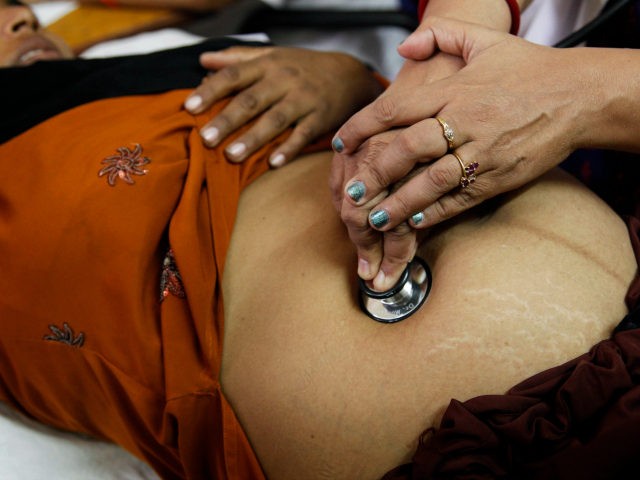A new study by researchers at the Texas Department of State Health Services (DSHS) found the triple-digit number of maternal deaths reported in the state during 2012 were, in fact, wrong, inflated, and, likely the result of incorrect coding.
However, that data, which was released two years ago, prompted concerns over alarmingly high pregnancy morbidity rates in the Lone Star State.
This week, the peer-reviewed Identifying Maternal Deaths in Texas Using an Enhanced Method, 2012, was published in the medical journal Obstetrics & Gynecology. It debunked statewide death rates in the 2016 report on U.S. maternal mortality. The new research determined that between 2010 and 2012 there were 56 maternal deaths in Texas and not the 147 previously reported in national statistics.
The latest report showed that dozens of women were identified on death certificates as pregnant at the time of their deaths, even though they were not. State health officials believe the incorrect coding errors happened when individuals who certify deaths such as doctors, justices of the peace, and medical examiners, unintentionally reported these women as pregnant when registering cause of death. The “pregnant at the time of death” option appears directly below “not pregnant within the past year” on the drop-down menu of the state’s electronic system.
The report stated that approximately half, or 50.3 percent, of obstetric-coded deaths showed no evidence of pregnancy with 42 days before these women died. State health officials noted this may have become a bigger issue between 2010 and 2012 when the proportion of death certificates submitted electronically in Texas increased by more than 40 percent.
“Other academic research has shown issues with the quality of death data, nationally,” said Sonia Baeva, DSHS maternal mortality and morbidity epidemiologist and the study’s lead author, in a prepared statement. “Death data can be a rich source of information, but our work shows that identification of rare events, such as maternal deaths, should be supported with additional evidence.”
The standard method of calculating maternal deaths relied solely on cause of death codes from death certificates. The enhanced method DSHS used cross-checked 2012 Texas resident deaths with records of births and fetal deaths and reviewed medical and autopsy records for any evidence of pregnancy, including miscarriage records within 42 days of death.
“This more accurate, verified data is an important part of our ongoing work to improve maternal health in Texas,” said Dr. Manda Hall, DSHS Associate Commissioner for Community Health Improvement. “Better data will improve our ability to implement and assess ways to reduce maternal deaths and other severe pregnancy complications.”
In 2013, the Texas Legislature created a maternal mortality and morbidity task force, triggered by the disconcerting rates shown in past data. Last year, Governor Greg Abbott signed Senate Bill 17 to extend the task force’s timeline out to 2023 for continued study on why such a high number of women died less than a year after giving birth.
Given the revelations in this week’s study, DSHS indicated they plan to implement legislation that improves the quality of reporting death data. This includes developing better methods to investigate and report maternal fatalities as well as new training for professionals who certify death records. A overhauled registration system in the works will require “certifiers” confirm pregnancy status before submitting a death record to the state.
Follow Merrill Hope, a member of the original Breitbart Texas team, on Twitter.

COMMENTS
Please let us know if you're having issues with commenting.